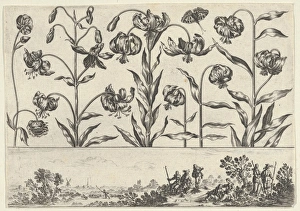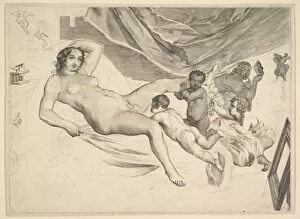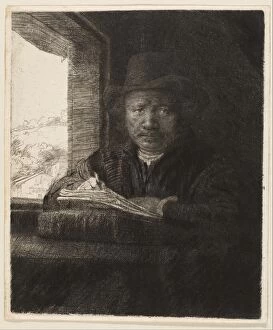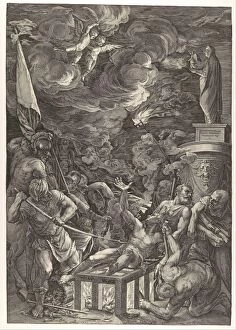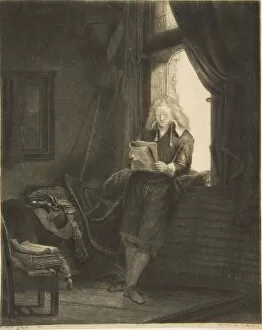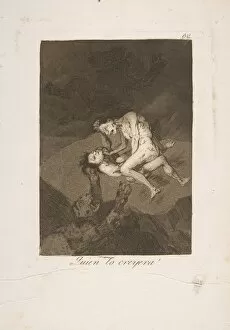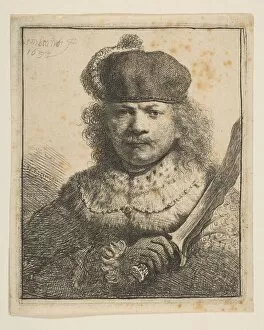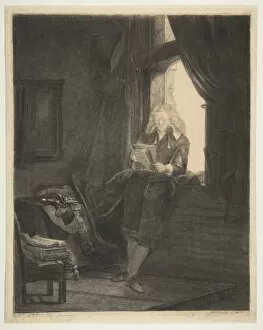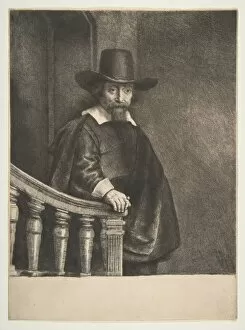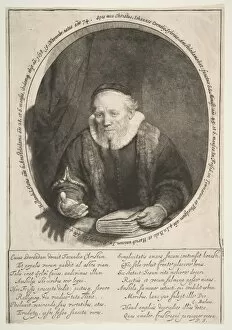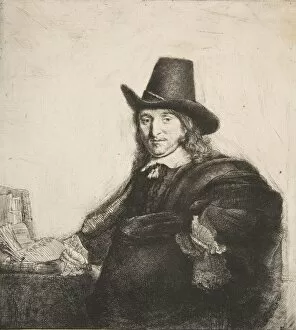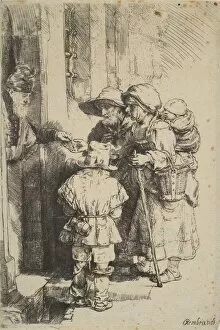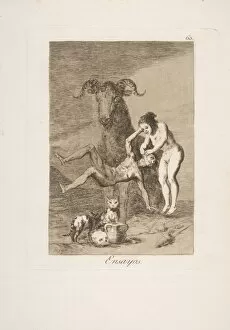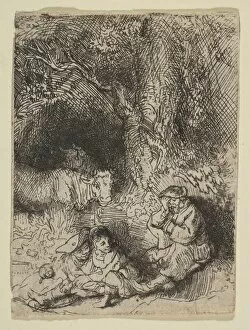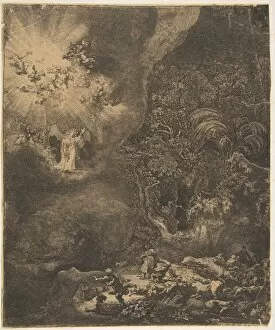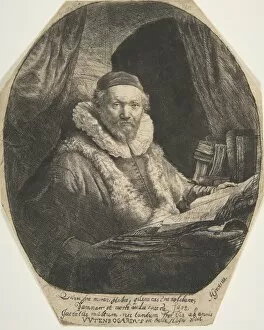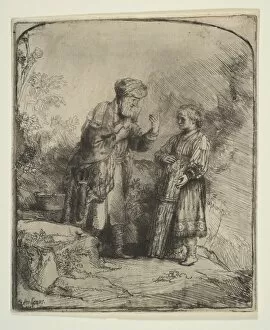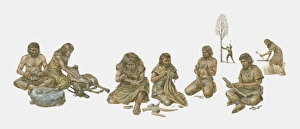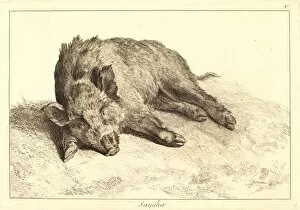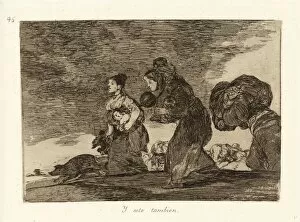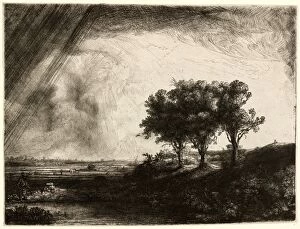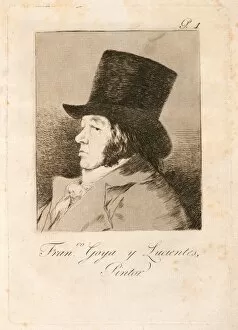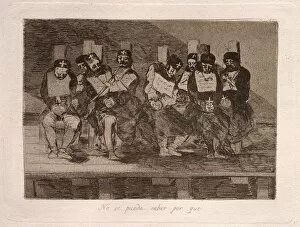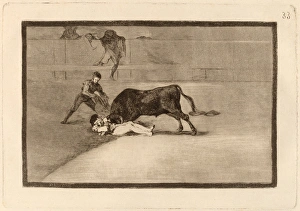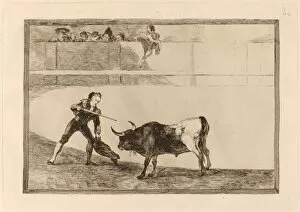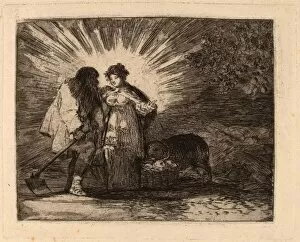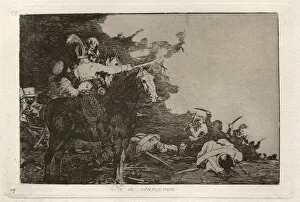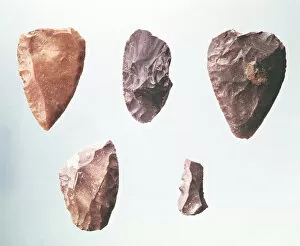Burin Collection (page 2)
The burin, a versatile tool used by artists throughout history, has left its mark on the world of art
All Professionally Made to Order for Quick Shipping
The burin, a versatile tool used by artists throughout history, has left its mark on the world of art. From Eric Gill meticulously sculpting and printmaking to Francisco de Goya capturing the power of El celebre Fernando del Toro in his engraving "Barilarguero, obligando a la fiera, " this instrument has been an essential companion for creative minds. Even renowned figures like Erasmus of Rotterdam recognized the value of the burin, as seen in Albrecht Durer's intricate engraving that beautifully portrays him. Its use dates back thousands of years, with tools from the Bromme Culture in 11000 BC showcasing early its craftsmanship. Artists such as Pieter Franciscus Martenasie embraced the burin's potential on canvas, while others like Hendrik Goltzius mastered its precision in engravings. Thomas de Lieu skillfully etched Saint Evagrius Ponticus immersed in his studies using this remarkable tool. Not limited to traditional mediums, even chromolithographs have utilized the burin's capabilities to create stunning prints. Antonio Baratta showcased woodcutting techniques through his engravings "Gravure en Bois" plates I and II from 1771-1779. Intriguingly, L Illustration Nouvelle featured a frontispiece titled "The Burial of the Burin" in 1877—a symbolic representation highlighting both reverence for this timeless tool and perhaps hinting at new artistic horizons yet to be explored. Through centuries and across various artistic disciplines, whether it is tracing lines or creating elaborate illustrations—artists have harnessed the power of the burin to leave their indelible imprint on history's canvas.

